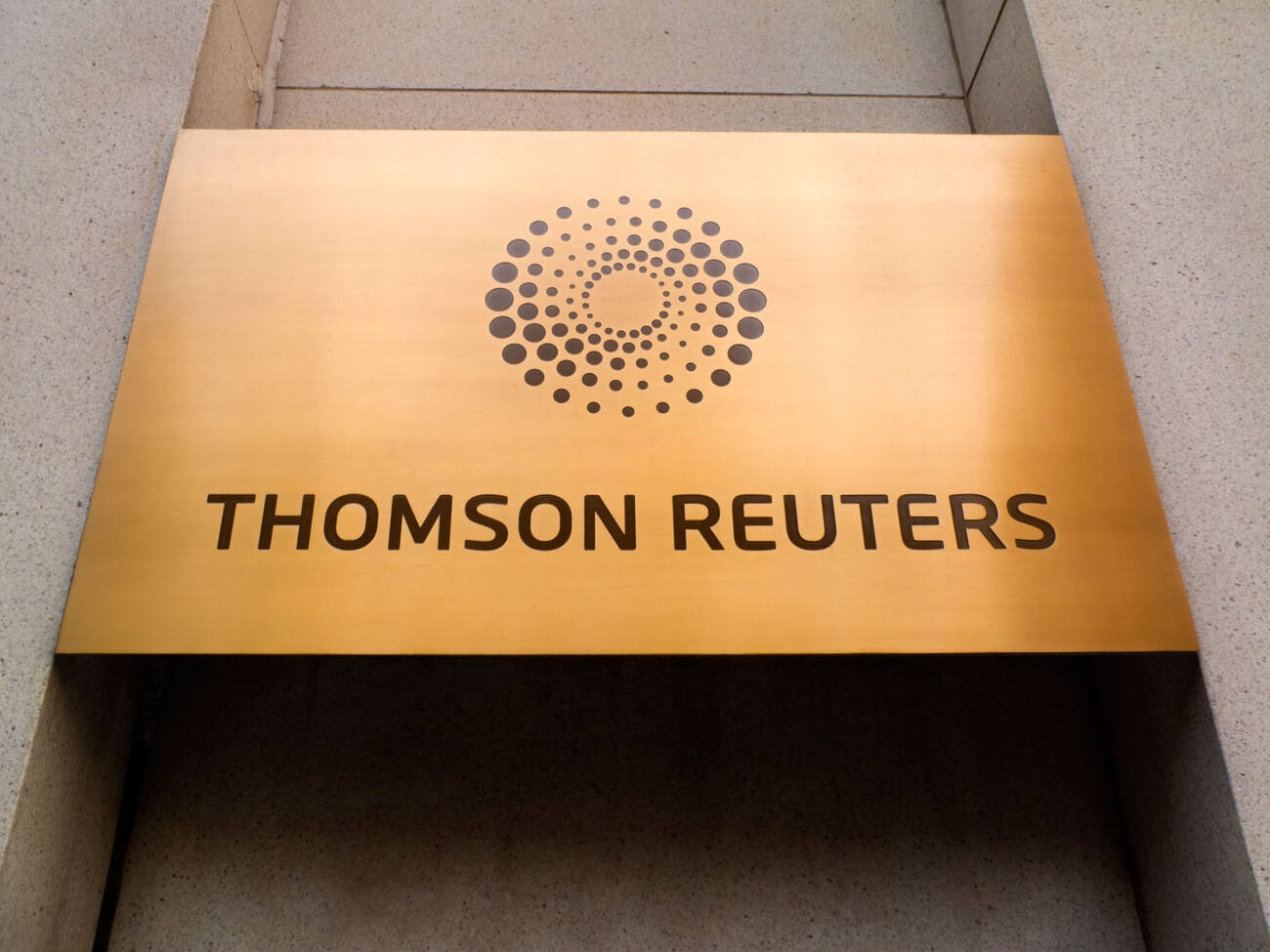As businesses react to an economy that has prompted fears of recession alongside a still-short supply of skilled workers and a quits rate that remains historically high, some firms are embracing the traditional path of cutting jobs. It’s understandable that some firms need to make budget cuts this year, yet 61 percent of finance executives in a CFO.com survey say their cuts will include hiring or retention investments. In a declining economy running side-by-side with a still-challenging hiring market, this approach may turn out to be unwise.
This is not a time to make staffing decisions based on an old playbook. Not every downturn is the same, and cuts shouldn’t come at the expense of your efforts to build and maintain the right workforce to support future growth.
Farsighted businesses continue to replenish their talent pipeline. For a good example, look no further than the recent rush by banks to undo their hiring freezes in order to pick up professionals from ailing Credit Suisse — skilled and experienced workers who otherwise wouldn’t have come their way. Firms that try to wait it out for better times before they hire may find themselves significantly behind their competitors when a rebound does occur. The same goes for relaxing their retention efforts.
Following are some tactics that can help your business address today’s very different kind of economic slowdown.
1. Don’t hesitate to hire in-demand talent
Executives shouldn’t be overly influenced by the large layoffs reported by the news media. Many of the companies making these cuts are those that hired at a breakneck pace in late 2020 through early 2022. This was true especially for tech firms at a time when people were working and shopping from home in record numbers and for which a return to in-person activities is now requiring staff reductions.
Today’s economy is a dichotomy, simultaneously featuring soaring inflation and interest rates alongside low unemployment and an historically high job quits rate. Worker optimism is still high, and professionals continue to re-evaluate their career goals and explore options for a better salary and benefits along with flexible work options. This is a large reason for why there are still nearly two jobs open per unemployed person and the unemployment rate for accountants is well below the national average (1.7% according to the most recent BLS data).
It won’t be easy given today’s talent crunch, but it’s likely that it makes more sense for your company to grow your teams in critical areas than to shrink them. Reductions now could make it even harder to play catch-up once conditions improve.
2. Rethink talent models
In addition to hiring new workers, now could be a good time to engage skilled contract professionals to handle project backlogs, one-time events, fluctuating customer demand and shifting business priorities. Contract talent can be used either singly, in teams or, for the most complex projects, working under the direction of outside business consultants.
You can also evaluate the performance of contract professionals over time to see whether they have the potential of joining your team in a permanent role. Talent shortages along with the ability to observe and assess these workers on the job are making this option increasingly popular.
3. Dust off re-recruiting
Keeping a first-rate, capable staff is just as important as acquiring new talent. Showing your team members that they’re valued by the organization, sometimes called re-recruiting, can help keep them on board. That means making employees feel as excited about their work and upcoming projects on their 500th day as they were on their first.
Continuing to communicate all the reasons your company is a great place to work can serve as a reminder that the grass elsewhere is not always greener. And inviting input from employees on their likes and dislikes about the job makes leaders more empathetic and authentic in the eyes of their team as managers who are always trying to learn more about how they can boost job satisfaction.
4. Don’t jettison professional development
As companies look for areas to cut budgets, employee development may seem like a safe target. But de-prioritizing training efforts may be the opposite of a good choice as technology keeps changing at a rapid pace and professionals increasingly place a high value on keeping their skills current. A lack of robust upskilling and reskilling offerings could not only cause you to lose valued workers, but you may also find you lack the expertise to keep up with your competitors down the line.
When employees are learning, they’re expanding their horizons, which makes them more energized about their work. It’s pretty easy to see how that encourages them to stick with your team over the long term.
Failure to nurture and grow a highly productive and motivated workforce now could have long-term implications. While a large majority of finance leaders in the CFO.com survey say they currently have the staff they need to do their job, what about the future?
With executives facing significant hiring challenges, even as a possible recession looms and markets dance around schizophrenic economic signals, imagine the troubles firms will have finding workers when conditions improve across the board. That’s why it’s prudent to add top talent while the iron is hot. Think of it less as a risk and more as an opportunity.
======
Paul McDonald is a senior executive director at talent solutions and recruiting firm Robert Half. He writes and speaks frequently on hiring, workplace, leadership and career-management topics. Over the course of more than 35 years in the staffing industry, he has advised thousands of company leaders and job seekers on how to hire and get hired.
Thanks for reading CPA Practice Advisor!
Subscribe Already registered? Log In
Need more information? Read the FAQs
Tags: Benefits, Firm Management, Staffing





